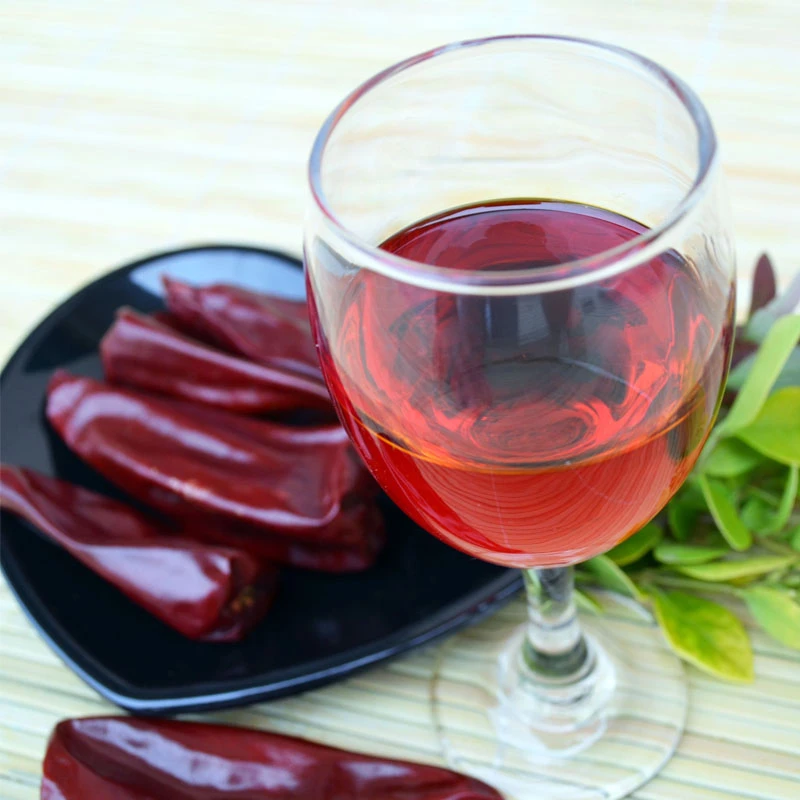- No. 268 Xianghe Street, Economic Development Zone of Xingtai city, Hebei 054001 China
- Byron@hbhongri.cn
paprika e160c
Paprika E160c The Vibrant Spice Enhancer
Paprika, a spice renowned for its vibrant red color and distinctive flavor, has an intriguing component known scientifically as E160c. This natural colorant is derived from the dried fruits of Capsicum annuum, the same plant species that gives us sweet and spicy varieties of peppers. As food industries increasingly seek natural alternatives to synthetic additives, E160c has emerged as a favorite for enhancing the visual appeal of various products.
The Origins of E160c
The journey of paprika from field to table is a fascinating one. Traditionally rooted in Hungarian and Spanish cuisines, paprika not only adds flavor to dishes but also serves as a culinary cornerstone that provides a warm, engaging hue. E160c, which is made from these bright peppers, is often extracted through processes that preserve its vibrant properties, enabling it to be used effectively in a range of food applications, including sauces, snacks, and even dairy products. The rich carotenoids present in paprika contribute to its coloration, making it a desirable choice for manufacturers looking to appeal to consumers’ eyes.
Applications in Food Products
The versatility of E160c extends to numerous food categories. In the realm of processed meats, for instance, it is often employed to impart a rich red color that makes these products more visually appetizing. Similarly, E160c is a cherished ingredient in soups and sauces, providing not just color but also a depth of flavor that complements other ingredients. Snack foods, especially those with a cheesy or savory profile, frequently use paprika to enhance their attractiveness, enticing consumers even before the first bite.
Moreover, E160c is a popular choice in dairy products. Cheese and yogurt can be transformed into more appealing options thanks to the vivid red hue provided by paprika. This trend aligns with the growing consumer preference for products that not only taste good but also look appealing on grocery shelves.
paprika e160c

Health Aspects and Safety
One of the standout features of E160c is its status as a natural colorant, which makes it preferable in a market increasingly skeptical of artificial additives. Regulatory bodies, including the European Food Safety Authority (EFSA) and the U.S. Food and Drug Administration (FDA), recognize E160c as safe for consumption, provided it is used within specified limits. The carotenoids in paprika are also known for their antioxidant properties, contributing not only aesthetic value but also potential health benefits when consumed as part of a balanced diet.
The Growing Demand for Natural Ingredients
In recent years, the food industry has witnessed a significant shift towards clean labels and natural ingredients. Consumers are now more informed and cautious about what they eat, often opting for products that contain few, recognizable ingredients. E160c fits seamlessly into this narrative, providing manufacturers a way to enhance their products without compromising on transparency. As demand continues to rise, it is likely that we will see even more innovations in how E160c is utilized across various food sectors.
Conclusion
In conclusion, E160c derived from paprika is more than just a color enhancer; it is a symbol of the food industry’s shift towards natural solutions. Its ability to provide visual appeal while complementing flavors makes it an invaluable ingredient in many products. As consumers increasingly favor transparency and naturalness in their food choices, E160c’s place in the market is set to grow, solidifying paprika's role not only in the kitchens of home cooks but also in the factories of food manufacturers worldwide.
-
Unlock the Power of Nature with Capsicum Oleoresin ExtractNewsJul.03,2025
-
Unleash the Heat: Discover the Wonders of Spicy Crushed Red PepperNewsJul.03,2025
-
Unleash the Flavor of Red Pepper Pods – Elevate Your Culinary Creations!NewsJul.03,2025
-
The Rich Flavor of Red Pepper Dried – The Ultimate Ingredient for Your Culinary Creations!NewsJul.03,2025
-
Discover the Rich Flavor of the PaprikaNewsJul.03,2025
-
Discover the Flavorful World of Paprika & Chili ProductsNewsJul.03,2025







